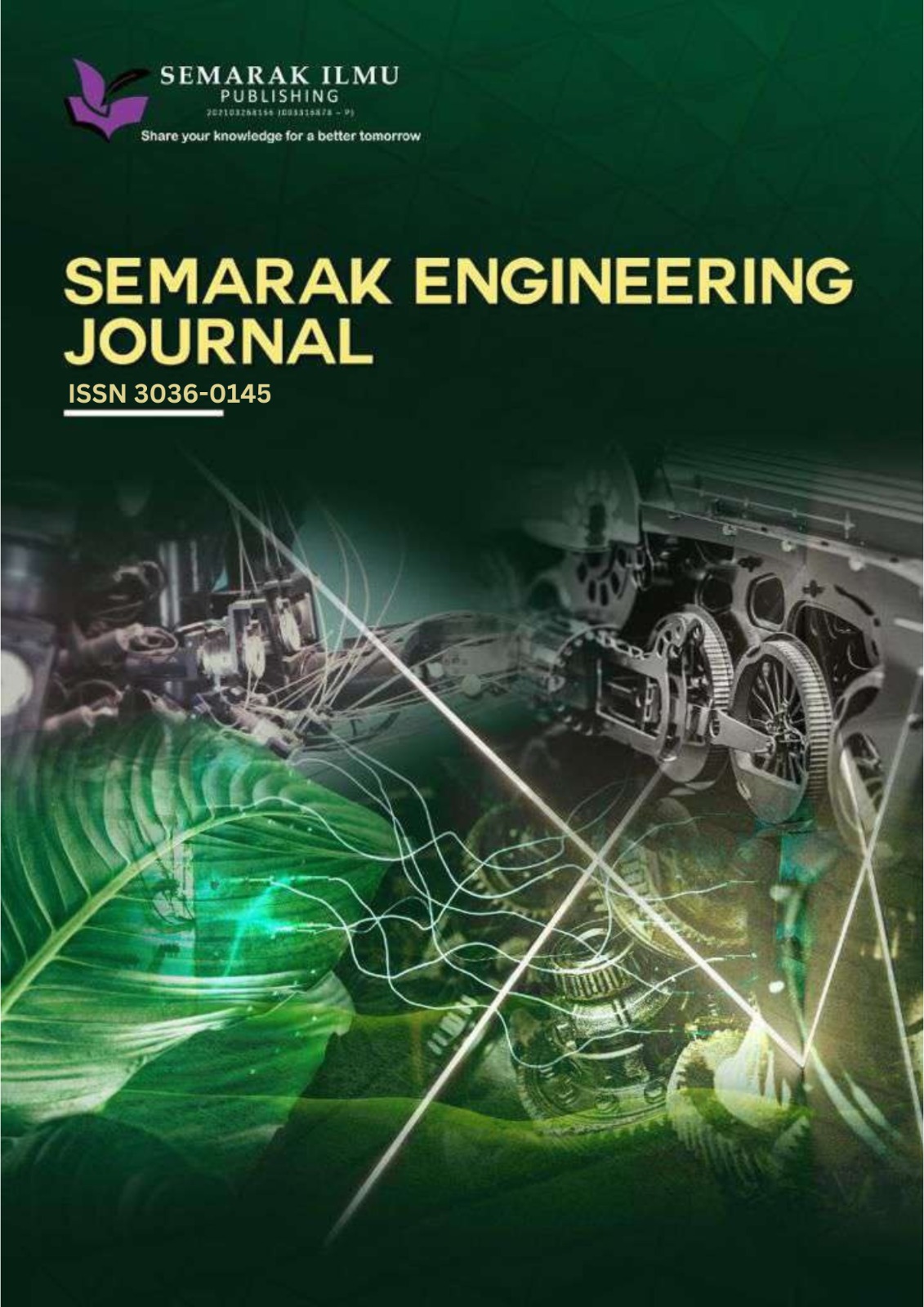Numerical Investigation on Tandem Body Configurations in Prospect to Enhance Low Wind Energy Harvesting
Keywords:
Fluid-induced vibration, wind energy, micromechanical systems, CFDAbstract
Fluid-induced vibration (FIV) is one of the alternative techniques for harvesting wind energy. A structure's dynamic response to interacting with a fluid flow is known as FIV. Utilizing flexible micromechanical systems (MEMS) energy harvesters set up with a cylinder that separates the incoming flow into distinct flows, creating vorticity and turbulence, can efficiently convert the kinetic energy of an incoming flow into electrical energy. Through the use of piezoelectricity, which has the potential to transform mechanical energy into electrical energy, it might be transformed into electrical energy. To further optimize the effectiveness of wind energy harvesting, a numerical investigation on bluff bodies was studied in prospect to enhance the low wind energy harvesting. The current study intends to explore the mechanism of flow-induced vibration on the multi-surface bluff body and identify the best position for piezo material on the bluff body which provides the most strain energy. A series of numerical simulations have been conducted to investigate the character of flow-induced vibration and the influence of different geometrical shapes of vibrating cylinders on the harvested power by using Computational Fluid Dynamics, OpenFOAM. Three different geometrical bluff bodies of harvesters are tested to determine which produces the most energy harvesting among square, triangle, and pentagon bluff bodies. Based on the findings from numerical simulation, the square bluff body offers a great amount of strain rate with a peak value of 10076.2 s^-1 at a distance of 42.5 mm. This finding suggests that the design of the square bluff body is more effective in inducing higher strain rates in the upstream cylinder and lower cylinder compared to the triangular and pentagon bluff bodies.
Downloads











